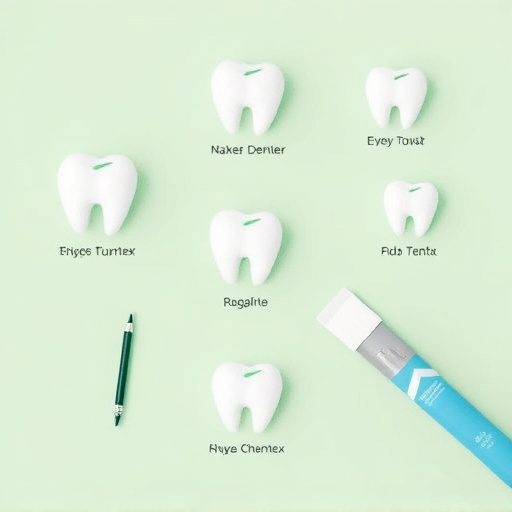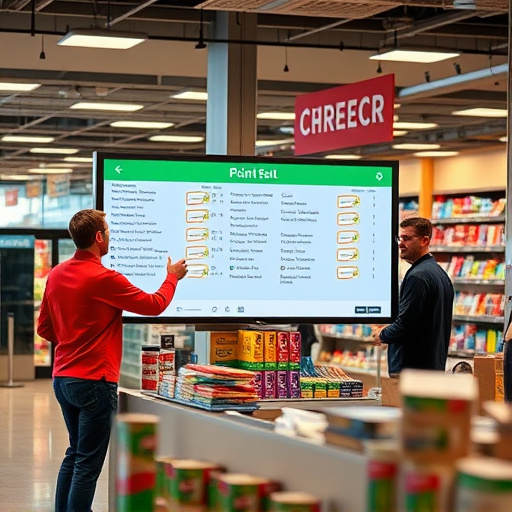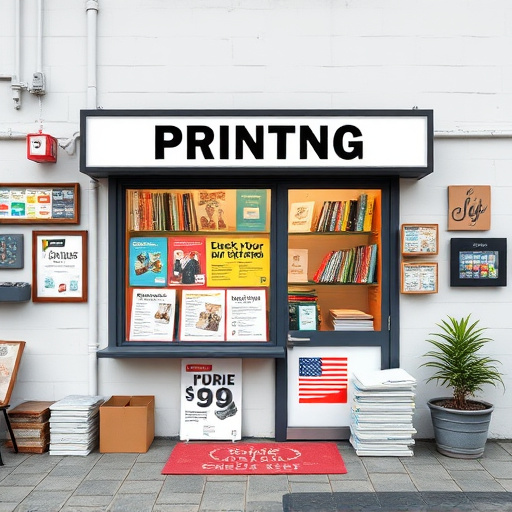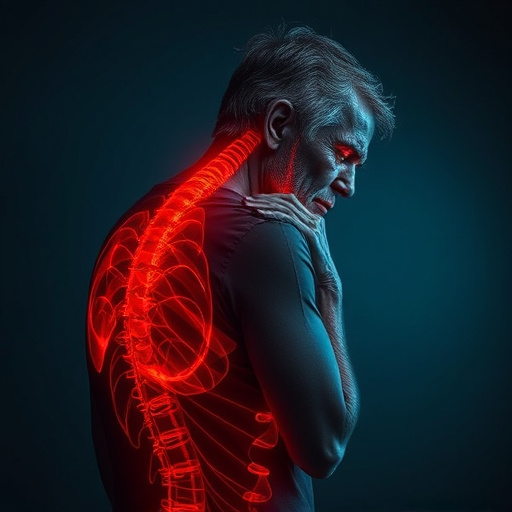Corporate graphics play a pivotal role in brand identity and visual communication. Strategically designed visuals capture attention, convey messages, and foster brand recognition. Experts in this field combine design principles, technology like PPF and ceramic coatings, and an understanding of target audiences to create compelling visuals that align with business goals. Advanced tools like Adobe Creative Suite and emerging tech like VR/AR enhance creativity, while considerations for durability ensure long-lasting impact.
In today’s visual landscape, impactful corporate graphics design is crucial for standing out. This article delves into the key elements that define professional corporate graphics, exploring their pivotal role in brand identity and communication. We’ll guide you through essential design principles, modern tools and technologies, ensuring your visuals resonate with audiences. From understanding your target market to leveraging innovative software, discover how to create graphics that embody your brand’s essence and leave a lasting impression.
- Understanding the Role of Corporate Graphics
- Essential Design Principles for Professional Corporate Graphics
- Key Tools and Technologies in Modern Corporate Graphics Design
Understanding the Role of Corporate Graphics

Corporate graphics play a pivotal role in shaping a brand’s identity and enhancing its visual impact. In today’s competitive business landscape, visually appealing and strategically designed graphics are essential for capturing attention and conveying key messages to target audiences. From logos and branding elements to marketing collateral and website designs, corporate graphics serve as the visual language of an organization, fostering brand recognition and building trust with customers.
Understanding the role of corporate graphics extends beyond aesthetics; it involves aligning design with business goals and target market preferences. Professionals in this field must possess a deep knowledge of color theory, typography, layout, and composition to create visually stunning designs that effectively communicate the brand’s story. Moreover, integrating technologies like professional PPF installation (paint protection film) and ceramic coatings can elevate the visual appeal and durability of corporate graphics, ensuring they stand out and protect underlying assets for extended periods.
Essential Design Principles for Professional Corporate Graphics
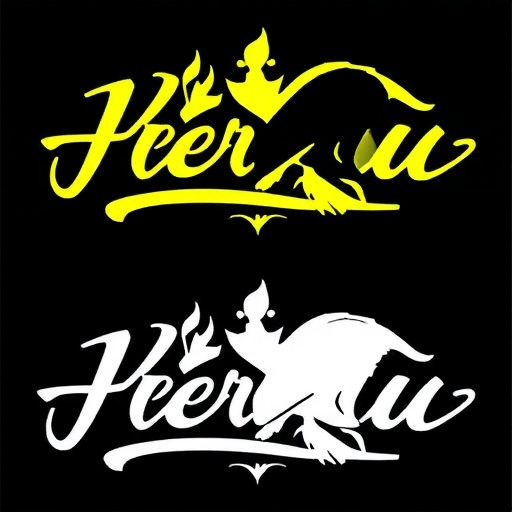
In the realm of professional corporate graphics design, adhering to fundamental design principles is paramount for creating visually appealing and impactful visuals that represent a brand’s identity. Balance, alignment, contrast, and repetition are the pillars that form the tapestry of effective corporate design. Achieving balance ensures that elements within a composition are evenly distributed, creating a sense of stability and harmony. Alignment guides the viewer’s eye, ensuring logos, text, and images sit neatly together, fostering a perception of professionalism. Contrast, through strategic use of color, size, or style, draws attention to crucial elements, enhancing readability and focus. Repetition establishes visual cohesion across various corporate materials, from brochures to vehicle wraps (like custom car wraps or window tinting), by reinforcing brand recognition and consistency.
When translating these principles into practical application, especially in designing for diverse mediums like custom vehicle wraps or even interior window tinting, designers must consider the target audience and intended message. For instance, a vibrant color palette might be suitable for a tech startup’s branding but could overwhelm a financial institution. Incorporating these essential design elements seamlessly allows corporate graphics to not only attract attention but also effectively communicate the brand’s values and personality, whether it’s through car customization or any other visual medium.
Key Tools and Technologies in Modern Corporate Graphics Design

In the realm of modern corporate graphics design, professionals leverage a diverse array of tools and technologies to create visually stunning and impactful visuals. Digital design software like Adobe Creative Suite (Photoshop, Illustrator, InDesign) is at the forefront, enabling designers to craft intricate logos, build consistent brand identities, and develop eye-catching marketing collateral. Advanced 3D modeling and rendering tools have also become essential, allowing for the creation of realistic product visualizations and captivating presentation materials.
Furthermore, emerging technologies such as virtual reality (VR) and augmented reality (AR) are finding their place in corporate graphics design. These innovative tools offer new dimensions to visual storytelling, enabling businesses to showcase products and services in immersive ways. Additionally, considerations like UV protection and paint correction play a secondary role in ensuring the longevity and quality of printed materials, especially for outdoor advertising or premium automotive services where durability is paramount.
Corporate graphics play a vital role in shaping a company’s visual identity and enhancing its brand presence. By adhering to essential design principles, leveraging modern tools and technologies, and consistently delivering high-quality work, graphic designers contribute significantly to the professional and effective communication of corporate messages. Emphasizing simplicity, readability, and visual appeal ensures that corporate graphics not only capture attention but also convey complex information clearly. Staying updated with industry trends and utilizing innovative techniques allows designers to create impactful visuals that leave a lasting impression.

